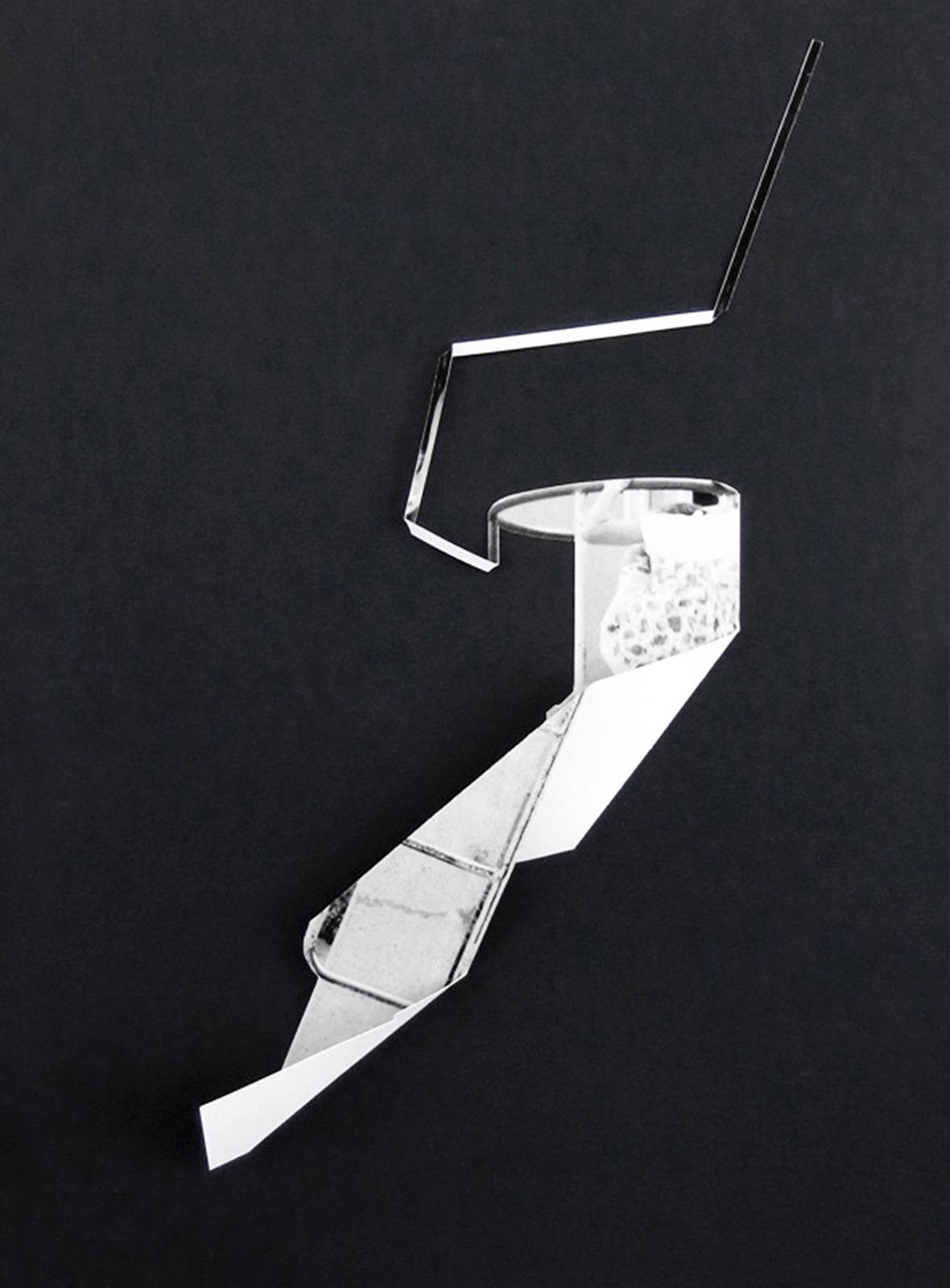
Folded inkjet print on Photo Rag paper, mounted on black cardboard
in black box frame
42 x 32 cm (16.5 x 11.8 inches)
Edition of 20 + 2 AP
900 Euro
Includes 13% VAT. Please contact us for shipping options, and for pricing in other currencies.

Folded inkjet print on Photo Rag paper, mounted on black cardboard
in black box frame
42 x 32 cm (16.5 x 11.8 inches)
Edition of 20 + 2 AP
900 Euro
Includes 13% VAT. Please contact us for shipping options, and for pricing in other currencies.
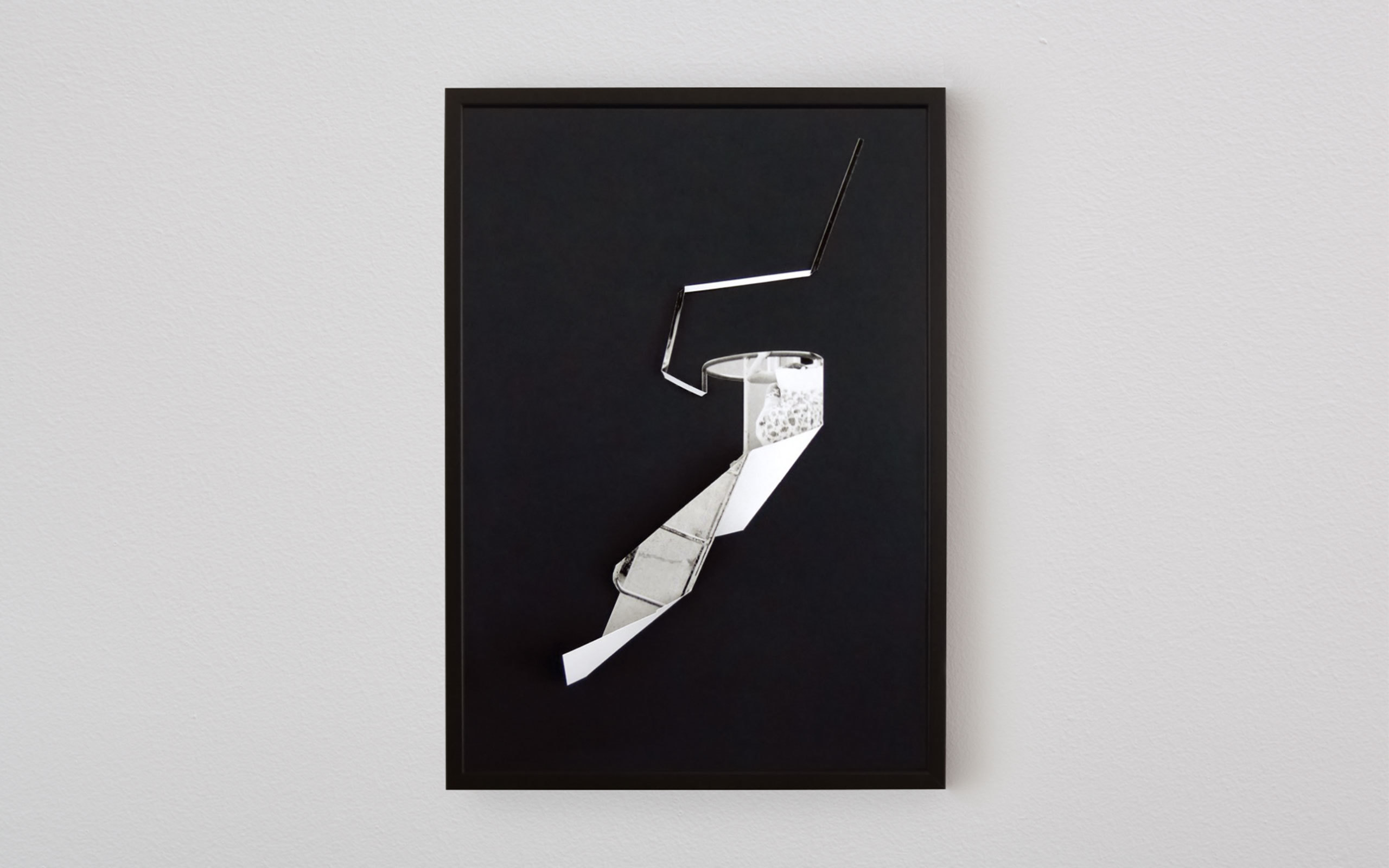
Folded inkjet print on Photo Rag paper mounted on black cardboard in black wooden box frame by a Viennese frame maker, with anti-reflective optical interference glass in museum quality.
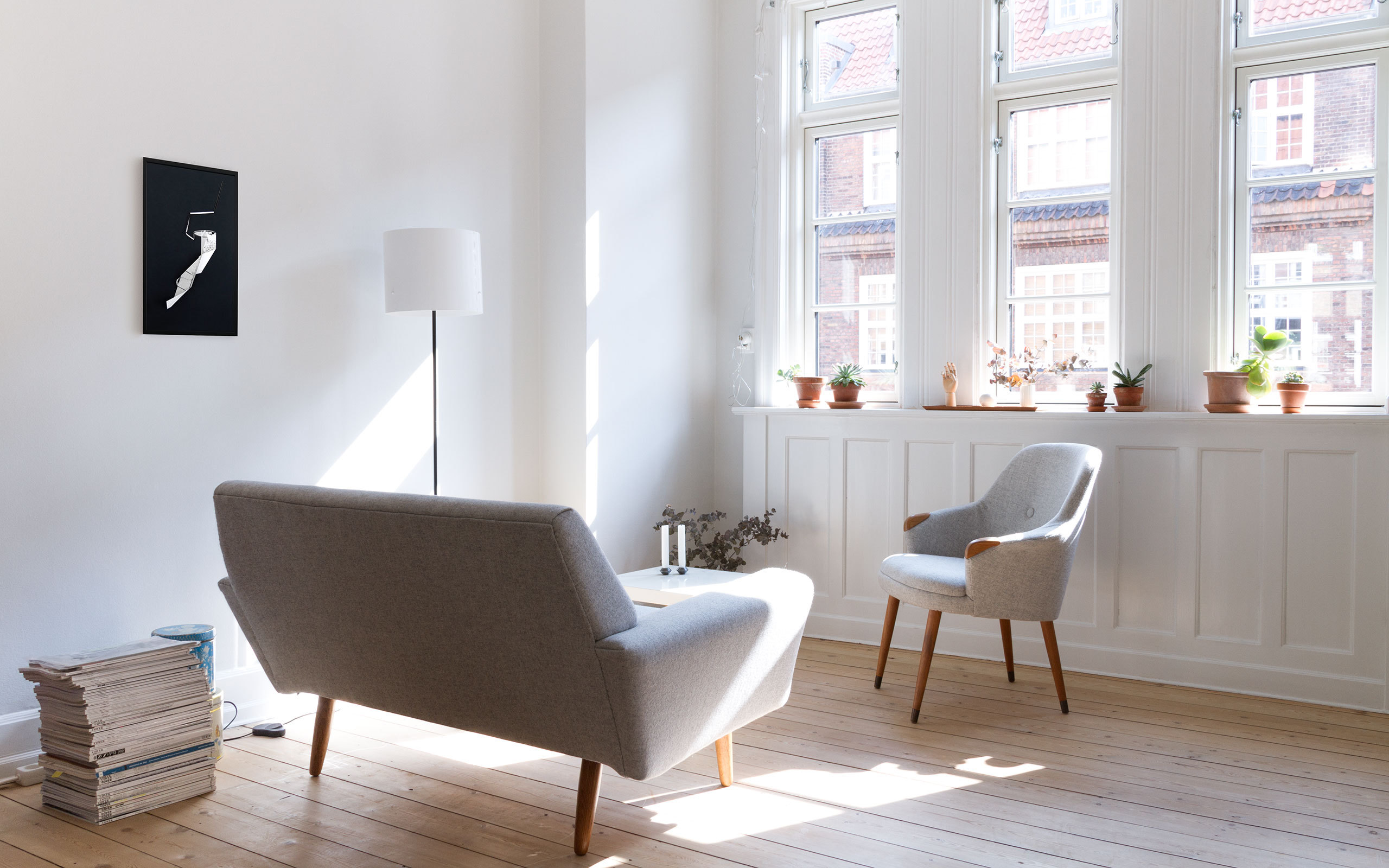
So-called sculptural structures, originally designed by artists as playgrounds for children, have played an important role in the discussion about architecture and urbanism. These playground frames prevailed throughout the post-war era. Typically, local artists were commissioned for their conceptual creation. Departing from Scandinavia and the Netherlands, ideas of their design spread to other countries and developed into experimental “environmental playgrounds“, which put the creative forces of play into a new perspective.
In Vienna the Kunst am Bau (art-in-architecture) programme was launched an important initiative to complement Vienna’s extensive communal residential building programme. By way of their abstract vocabulary of form and colour, these sculptural structures induced a kind of utopic momentum into the architectural tristesse of the reconstruction period. Many Viennese artists became inspired by international examples, including Josef Seebacher-Konzut and Josef Schagerl, who were able to realize many of their concepts.
Starting with photographic footage of these works – most of which have disappeared from the urban environment in the meantime – Sofie Thorsen explores, since 2010, the almost forgotten typology of the play sculpture in her series of work. In her work, Thorsen reflects on the specific intersection of architecture with abstract sculpture, aesthetics and function combined with art and play. In drawings and installations she investigates the symbolism of her photographs and sculptures. Through amplification and cut-out techniques they regain their former presence as room-filling collages.
The featured edition Spielplastik (Play Sculpture) is based on a climbing frame of Josef Seebacher-Konzut. The folding distorts the original shape of the cut-out, creating a rudimentary three-dimensionality whilst inviting to an interplay between picture and surface.
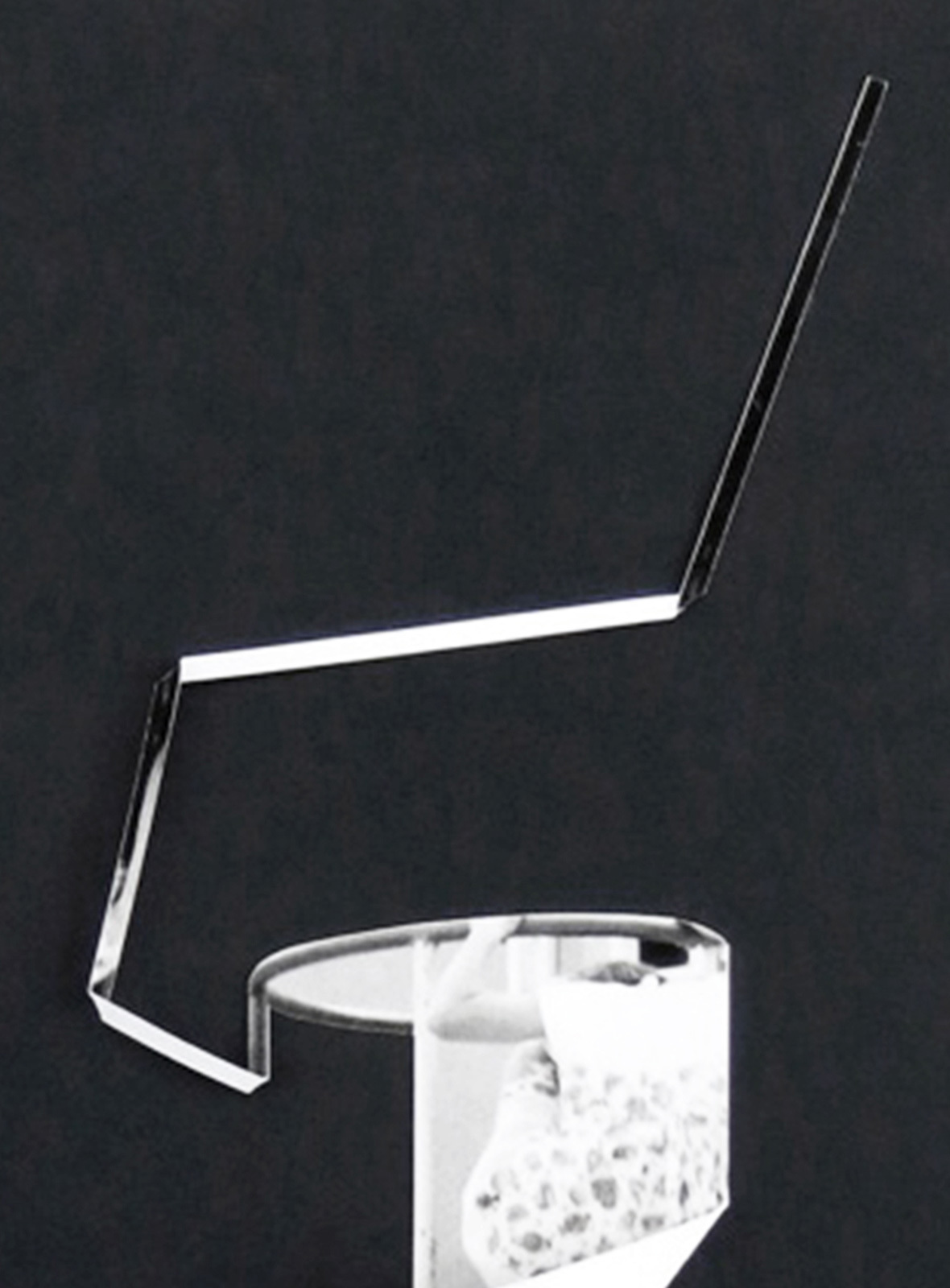
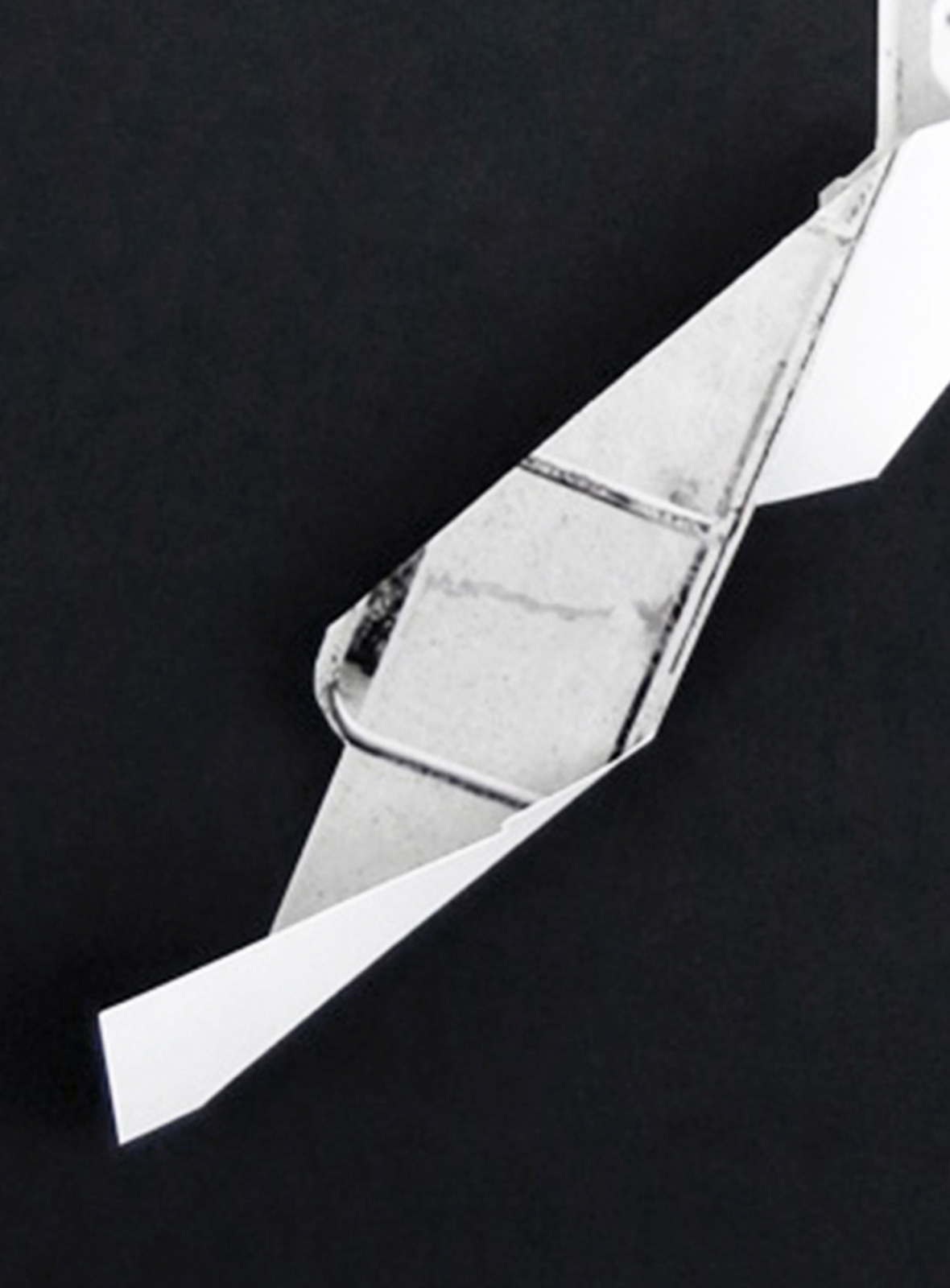
Sofie Thorsen (*1971 in Århus, Denmark) has been educated at the Royal Danish Art Academy of Fine Arts and Akademie der bildenden Künste in Vienna during 1995 and 2001. She has had several solo exhibitions, among others Schnitt A-A‘ at Kunsthaus Graz and Kunsthaus Baselland, 2012, Habitat Kunstverein Düsseldorf, 2011, and The Colourless Island at The Aarhus Art Building, 2009. Additionally she has participated in numerous group exhibitions, for instance at 21er Haus, Vienna, 2011, Kunsthallen Brandts, Odense, 2011, Statens Museum for Kunst, Copenhagen, 2010/2012, and at Galerie für Zeitgenössische Kunst, Leipzig, 2010. Thorsen has published several catalogues, most recently Schnitt A-A‘ from 2012, and in 2011 she was the recipient of the Danish Art Council’s 3-year grant. Sofie Thorsen lives and works in Vienna.
Read our story with Sofie Thorsen in her studio.
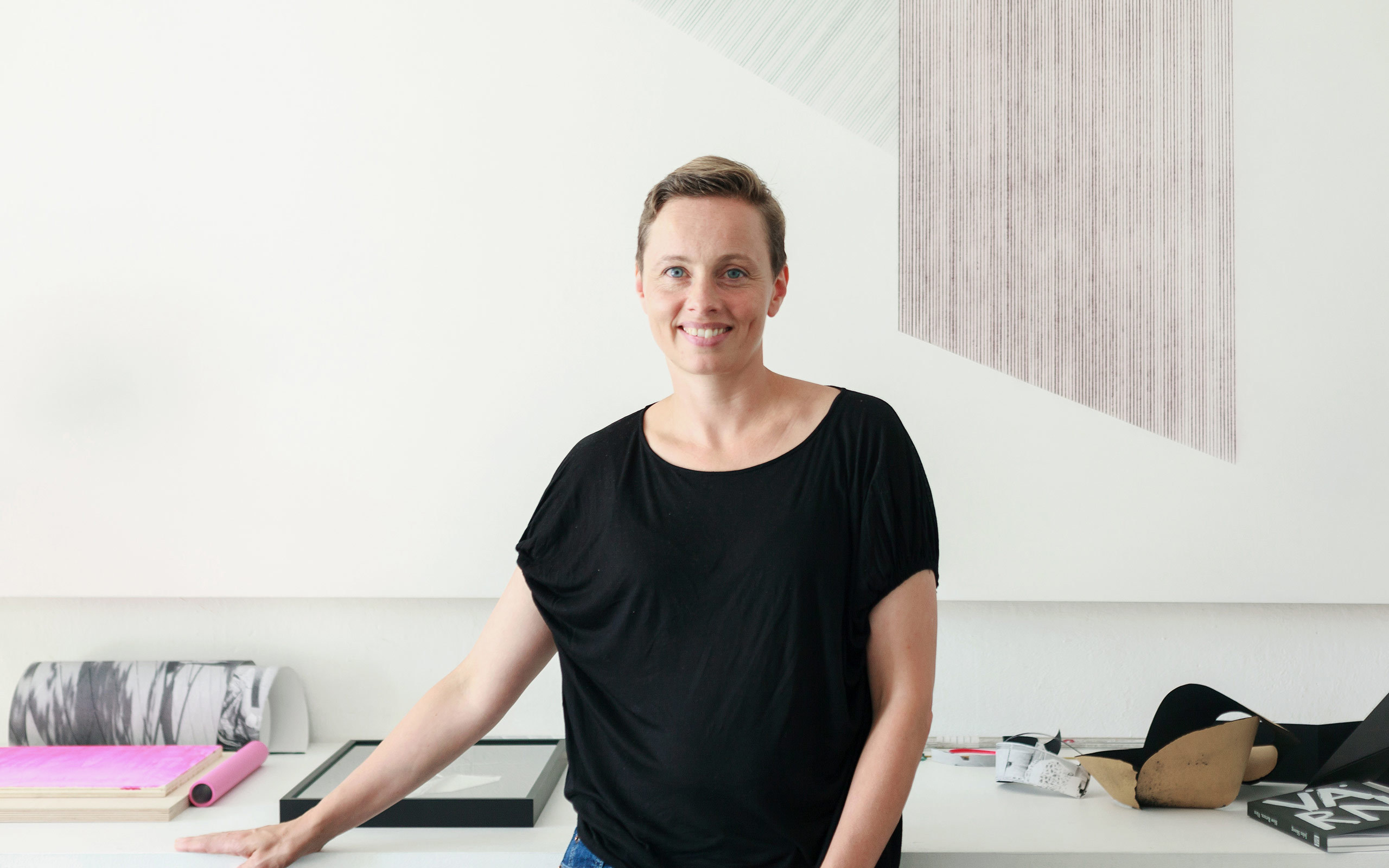
Photos: Maximilian Pramatarov, Christoph Hofbauer
Links: